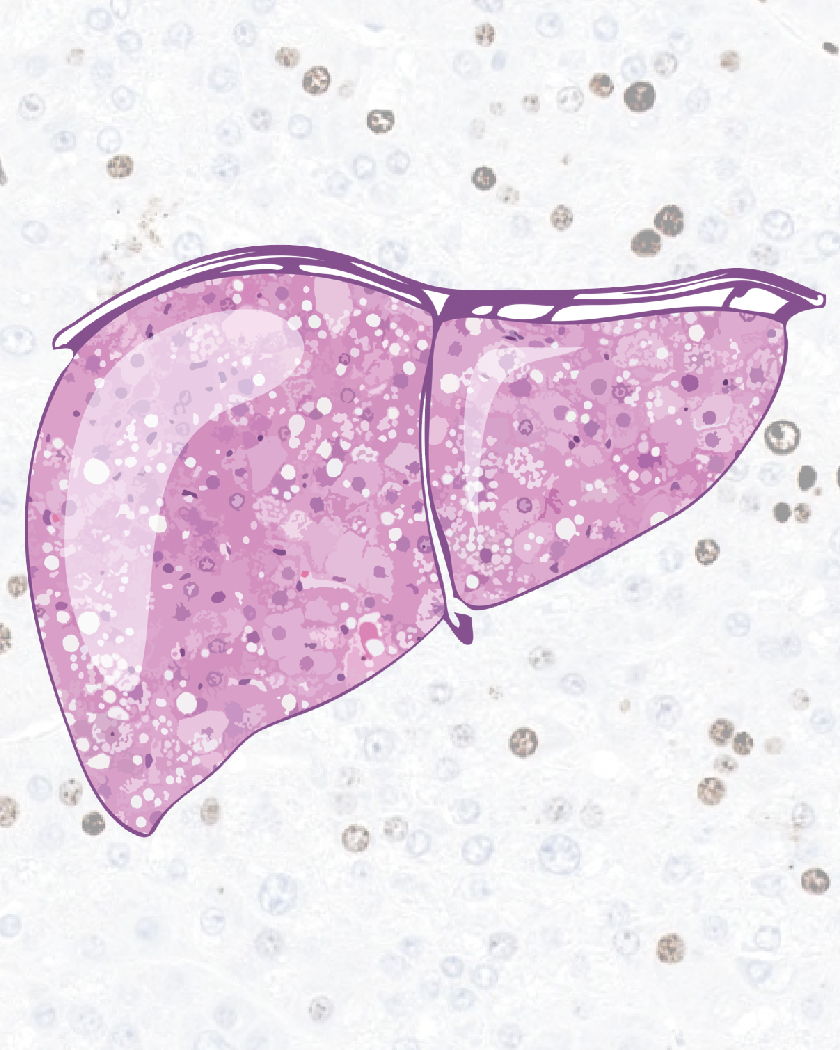
One cause of cancer can be exposure to chemical carcinogens. Often we think of tobacco smoke, but widely-used preservatives in bacon can be broken down by the liver into a carcinogen called nitrosamine, which may contribute to cancers in the digestive track. In their new paper, Dr Duncan Odom's Group at the CRUK Cambridge Institute used a cohort of mice to characterise what kinds of mutations occur in liver cells after exposure to a closely related compound called diethyl nitrosamine (DEN). DEN has long been used to create liver tumours, and their study applied very recently developed high throughput sequencing technologies to look at how protein coding genes can be altered in both early and later stages of tumour development. Together, the authors revealed the precise locations on a handful of cancer genes that drive tumour development, as well as the overall molecular pathways affected in a widely used model for chemically induced liver cancer.















